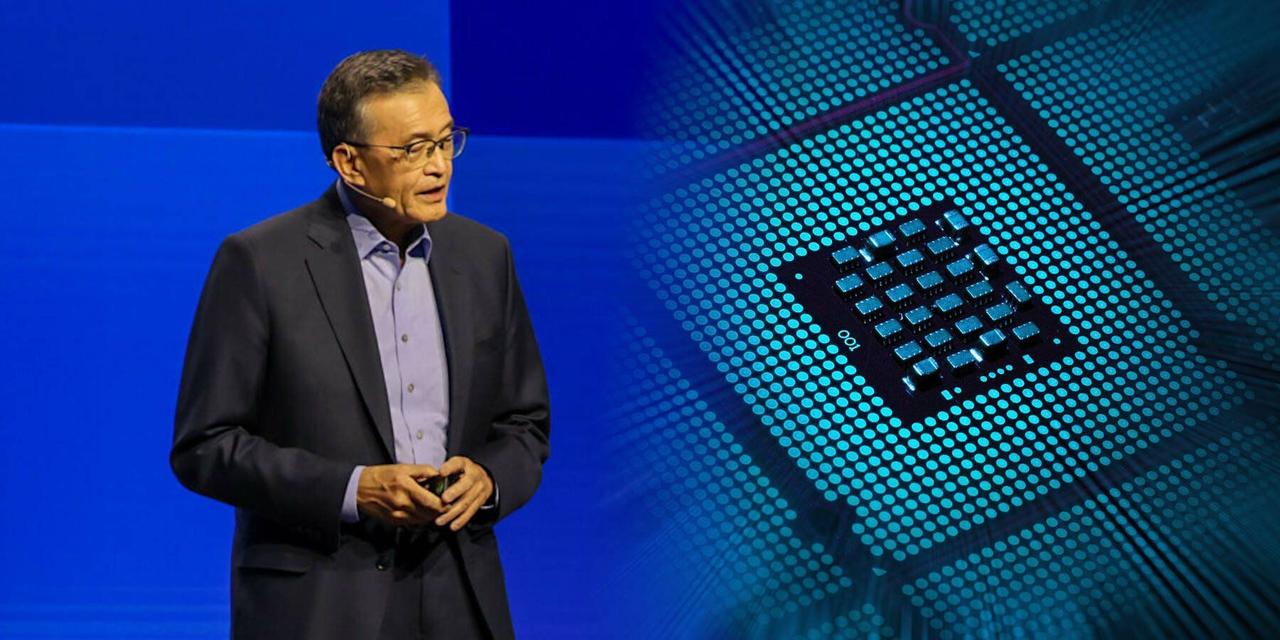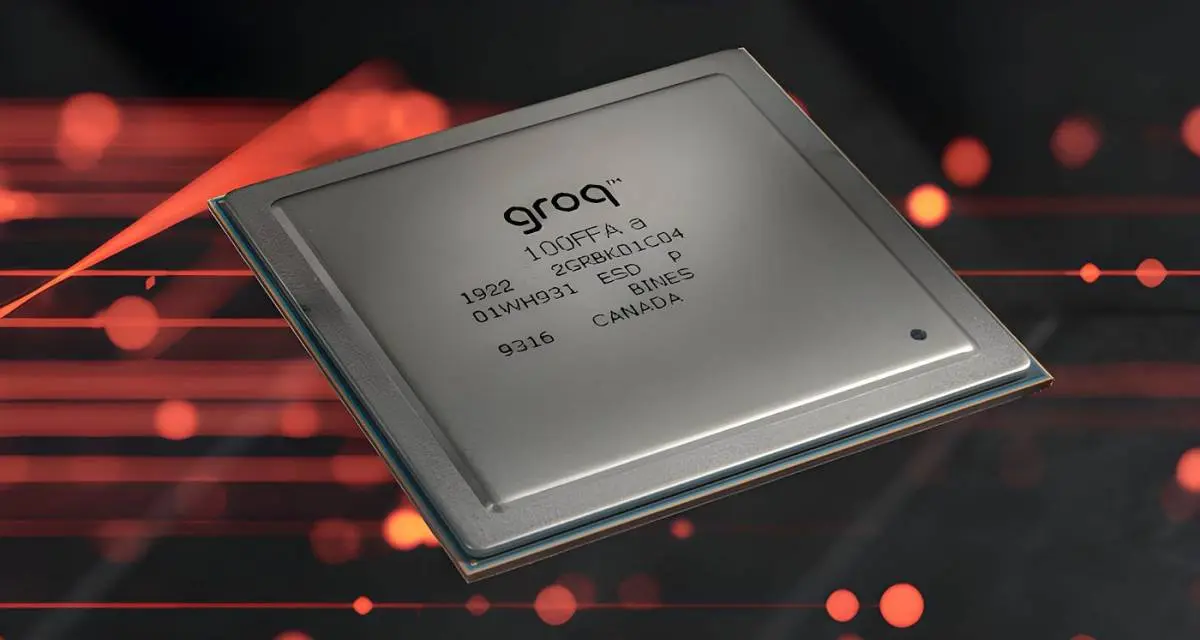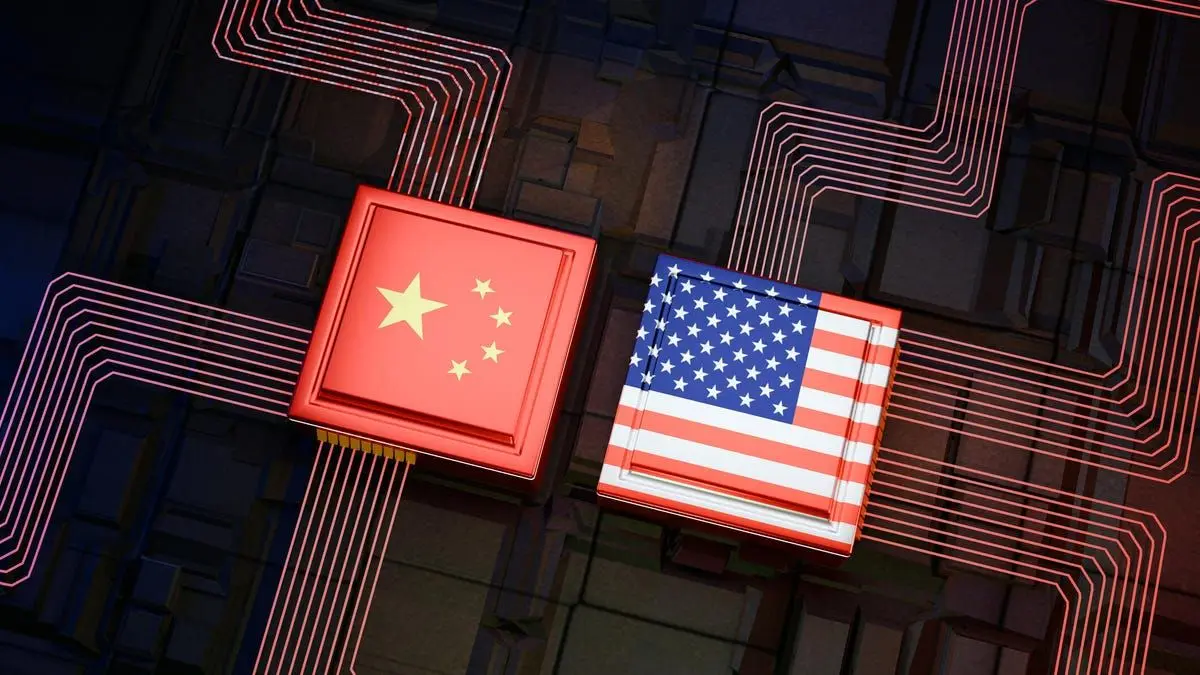Intel's Major Restructuring: Layoffs and AI Focus Under New CEO Lip-Bu Tan
3 Sources
3 Sources
[1]
Intel confirms layoffs as it tries to 'make engineers more productive'
An unspecified number of people will lose their jobs as the company looks to cut out middle management. Beleaguered chipmaker Intel has confirmed plans to restructure in a shift that will involve an unspecified number of layoffs. It was reported this week that the company could lay off around 20 percent of staff (it had 108,900 employees at the end of last year). In a memo, new CEO Lip-Bu Tan declined to detail the extent of the downsizing, which is largely aimed at reducing "unnecessary bureaucracy" and layers of middle management. "I'm a big believer in the philosophy that the best leaders get the most done with the fewest people. We will embrace this mindset across the company, which will include empowering our top talent to make decisions and take greater ownership of key priorities," Tan wrote. "There is no way around the fact that these critical changes will reduce the size of our workforce. As I said when I joined, we need to make some very hard decisions to put our company on a solid footing for the future. This will begin in Q2 and we will move as quickly as possible over the next several months." Intel has been downsizing significantly over the last few years. Just last August, the company said it would cut more than 15,000 jobs to reduce costs. Intel has been struggling with slowing sales -- it didn't act quickly enough to keep up with the industry's shift toward artificial intelligence. Unsurprisingly, AI will be a focus for Intel going forward. "My focus will be ensuring that our team builds products that are highly competitive and meet the needs of our customer as we enter a new era of computing, defined by AI agents and reasoning models," Tan said in a call with investors on Thursday. "To achieve this, we are taking a holistic approach to redefine our portfolio to optimize our products for new and emerging AI workloads. We are making necessary adjustments to our product roadmap, so that we are positioned to make the best-in-class products while staying laser focused on execution and ensuring on time delivery." Tan is aiming to speed things up by turning Intel into a company that's focused on engineering. "Many of the changes we will be driving are designed to make engineers more productive by removing burdensome workflows and processes that slow down the pace of innovation," he wrote. The company is planning to reduce costs elsewhere in order to "make necessary investments in our engineering talent and technology roadmaps." It's hoping to lower its operating expenses by $1.5 billion over the next two years. Efficiencies are the name of the game here. Tan wants managers to get rid of unnecessary meetings and reduce the number of people who attend meetings as "too much valuable time is being wasted." Intel is also expanding its return-to-office mandate by requiring workers to be on site four days a week (up from three) starting in September. Tan certainly has lofty goals as he looks to turn around Intel's fortunes. "I'm talking about the opportunity to fundamentally reinvent an industry icon. To pull off a comeback that will be studied in business schools for generations to come. To create new technologies and deploy them at scale to change the world for the better," he wrote. "Intel was once widely seen as the world's most innovative company. There's no reason we can't get back there, so long as we drive the changes needed to improve."
[2]
Report: Intel to lay off 20%+ of its workforce in efficiency push - SiliconANGLE
The company is expected to let go more than 20% of its workforce, which stood at 108,900 employees last December. That means over 20,000 roles could be cut. It's unclear which business units are set to be affected by the layoffs. Intel shares rose more than 5% on the news in today's trading session. The workforce reduction is reportedly part of an effort by Intel Chief Executive Officer Lip-Bu Tan to "streamline management and rebuild an engineering-driven culture." Tan, a prominent startup investor and one-time CEO of Cadence Design Systems Inc., took the helm in March. He succeeded Pat Gelsinger, who stepped down last December following disagreements with Intel's board about the direction of the company. During an event held earlier this month, Tan signaled that he plans to cut bureaucracy at the chipmaker. That suggests the layoffs may focus on Intel's middle management layer. Tan has already begun the process of streamlining Intel's organizational structure: last month, he informed staffers that Intel's three core business units would report directly to him going forward. Several major tech firms have taken steps to shrink their middle management layers over the past two years. In 2023, Meta Platforms Inc. launched an efficiency drive focused on "removing multiple layers of management". The following year, Amazon.com Inc. CEO Andy Jassy detailed a similar initiative in an internal memo. The report that Intel is preparing to lower its headcount comes less than a year after it laid off 15% of its employees. At the time, the company stated it was hoping to save $10 billion annually through the job cuts and other cost-cutting initiatives. The latest layoffs are reportedly part of a broader plan to make Intel more competitive. Last month, Reuters reported that Tan has also considered "significant changes" to the company's fab network. Tan is expected to prioritize initiatives that can boost Intel factories' yield. This is the percentage of chips that are produced without manufacturing defects. Additionally, Intel will reportedly make it easier for foundry customers to use its chip manufacturing processes. According to Reuters' sources, artificial intelligence is also a focus of Tan's strategy. Intel reportedly hopes to speed up its chip development program and launch a new AI processor annually, a practice that has already been adopted by Nvidia Corp. Achieving that pace is expected to take the company several years. It's believed Intel's first "compelling new architecture" for AI processors will launch in 2027 at the earliest.
[3]
Intel's Workforce Slimdown: A Bold Move or a Chip Off the Old Block?
In a bold maneuver that could reshape the landscape of Silicon Valley, Intel is reportedly preparing to trim more than 20% of its workforce. This strategic downsizing, as reported by Bloomberg News, is aimed at cutting through the red tape and reinvigorating the company's engineering focus. The layoffs are the first major initiative under the leadership of new CEO Lip-Bu Tan, who took the helm just last month. Tan, known for his decisive approach, is steering Intel through turbulent waters after a series of setbacks. His vision includes revamping Intel's chip manufacturing and artificial intelligence strategies, which he believes are crucial for the company's revival. Intel has yet to comment on these reports, but the whispers of change are loud and clear. Tan has been vocal about the need for "tough decisions," and it seems he's wasting no time in making them. This isn't Intel's first foray into workforce reduction. Last August, the company announced a 15% cut, shedding approximately 15,000 jobs as part of a $10 billion cost-reduction plan. The move was driven by high costs and shrinking margins in its core PC and data center segments, compounded by the costly shift towards AI chips -- a field where Intel has lagged behind rivals like Nvidia. As of the end of 2024, Intel employed 108,900 people. With the company set to announce its first-quarter results on Thursday, all eyes will be on how these strategic shifts impact its financial performance and future trajectory. A New Era for AI and Innovation? Before announcing layoffs, Tan's first major act as CEO was to flatten Intel's management hierarchy, ensuring that key chip groups report directly to him. This restructuring is aimed at fostering closer collaboration between executives and engineers, a strategy Tan believes is crucial for innovation. "I want to roll up my sleeves with the engineering and product teams," Tan declared, signaling a hands-on approach to leadership. In a significant promotion, Sachin Katti, previously head of networking chips, has been elevated to the role of Chief Technology and AI Officer. Katti, a Stanford University professor, will now spearhead Intel's AI strategy and product roadmap, a critical task as the company seeks to challenge Nvidia's dominance in the AI chip sector. Intel has faced its share of challenges, including a revolving door of leadership and strategic missteps. The previous CEO departed amid disagreements with the board, leaving Tan with the formidable task of steering the company back on course. Its recent struggles have been compounded by Nvidia's rise as the leading supplier of AI chips, a market Intel has yet to conquer despite multiple acquisitions. A memo from Tan seen by Reuters outlines his vision for a leaner, more agile Intel. He emphasizes the need to cut through bureaucratic red tape and eliminate the silos that have stifled innovation. "Organizational complexity and bureaucratic processes have been slowly suffocating the culture of innovation we need to win," Tan wrote. The restructuring also includes a search for a new head of government affairs, a role that will report directly to Tan. This position is crucial as Intel navigates a complex global environment, particularly with the current geopolitical tensions and trade policies.
Share
Share
Copy Link
Intel, under new CEO Lip-Bu Tan, plans significant layoffs and a shift towards AI as part of a major restructuring effort to streamline operations and boost competitiveness in the evolving tech landscape.

Intel's New Leadership and Restructuring Plans
Intel, the beleaguered chipmaker, is undergoing a significant transformation under the leadership of its new CEO, Lip-Bu Tan. The company has confirmed plans for a major restructuring that will involve an unspecified number of layoffs, potentially affecting up to 20% of its workforce
1
2
. This move comes as Intel attempts to streamline operations, reduce bureaucracy, and refocus on engineering and innovation.Workforce Reduction and Operational Changes
The restructuring aims to cut through "unnecessary bureaucracy" and reduce layers of middle management. Tan emphasized the philosophy of getting "the most done with the fewest people"
1
. While the exact number of job cuts remains undisclosed, it could impact over 20,000 roles based on Intel's December 2024 employee count of 108,9002
.Key operational changes include:
- Empowering top talent to make decisions and take ownership of priorities
- Reducing unnecessary meetings and attendees
- Expanding return-to-office mandates to four days a week starting September
1
Focus on Engineering and AI
Tan's strategy involves transforming Intel into a more engineering-focused company. The restructuring is designed to make engineers more productive by removing burdensome workflows and processes that slow down innovation
1
. Intel is also planning to prioritize artificial intelligence (AI) in its future endeavors.Specific AI-related plans include:
- Redefining the product portfolio to optimize for new and emerging AI workloads
- Aiming to launch a new AI processor annually, similar to Nvidia's practice
2
- Appointing Sachin Katti as Chief Technology and AI Officer to lead Intel's AI strategy
3
Financial Goals and Market Response
Intel aims to reduce operating expenses by $1.5 billion over the next two years
1
. The company's shares rose more than 5% following the news of the restructuring2
, indicating positive market sentiment towards these changes.Related Stories
Historical Context and Challenges
This restructuring follows previous downsizing efforts, including a 15% workforce reduction announced in August 2024
1
3
. Intel has faced several challenges in recent years:- Slowing sales and failure to keep up with the industry's shift toward AI
- Loss of market share to competitors like Nvidia in the AI chip sector
- Leadership instability, with Tan succeeding Pat Gelsinger who stepped down in December 2024
2
3
Future Outlook
Tan has set ambitious goals for Intel's turnaround, aiming to "fundamentally reinvent an industry icon" and regain its status as the world's most innovative company
1
. The company is expected to focus on:- Speeding up chip development programs
- Improving factory yields
- Making it easier for foundry customers to use Intel's chip manufacturing processes
2
As Intel prepares to announce its first-quarter results, the tech industry will be closely watching how these strategic shifts impact the company's financial performance and competitive position in the evolving semiconductor landscape.
References
Summarized by
Navi
[3]
Related Stories
Intel's Strategic Overhaul: Job Cuts, European Retreat, and AI Pivot Amid Ongoing Struggles
25 Jul 2025•Business and Economy

Intel Announces Massive Layoffs: 15,000 Jobs to be Cut Amid Financial Struggles
02 Aug 2024

Intel Announces Massive Layoffs: 15,000 Jobs Cut Amid Tech Industry Downturn
05 Aug 2024

Recent Highlights
1
Nvidia locks in $20 billion Groq deal, securing AI chip rival's technology and talent
Business and Economy

2
Chinese AI Models Close Gap With US Systems as Open-Source Strategy Reshapes Global Tech Order
Policy and Regulation

3
Doctors warn AI companions threaten mental health as kids turn to chatbots for friendship
Health




